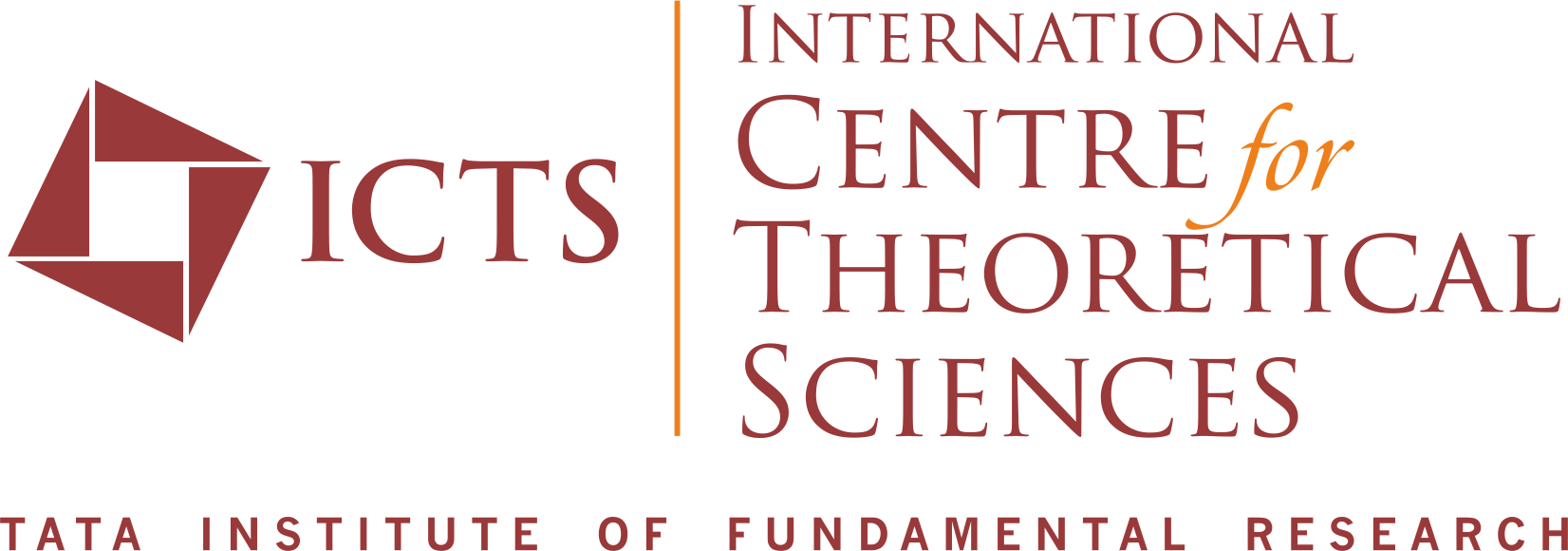| Time | Speaker | Title | Resources | |
|---|---|---|---|---|
| 15:30 to 16:30 | Eli Barkai (Bar-Ilan University, Israel) |
Introduction to speedy and slow quantum walks for target search Classically the first time a particle reaches a target, either via a diffusive mechanism or deterministically, controls many processes in science. In the absence of a well defined path the first arrival time to a target state of a quantum particle can be treated in several ways. Such problems arise in the excitation transfer to a reaction centre in light harvesting systems, and more recently in the context of quantum search algorithms. We will review the challenges of search, starting with the quantum renewal equation, dark states and their relation to symmetry, and topological aspects of the first return problem. This is done for a protocol with unitary dynamics pierces by repeated strong measurements aimed to detect a quantum walker on a node of a graph. We will then show how to construct tight binding Hamiltonians that speed up state-transfer both in the presence and the absence of repeated measurements. These are related to a mass-less Dirac quasi particle and a large degenracy of the eigenvalues of the underlying non-Hermitian survival operator. |
||
| 16:45 to 17:45 | Liliana Arrachea (Universidad Nacional de San Martín, Argentina) |
Geometric properties of adiabatic thermal machines Starting from the seminal works of Aharonov and Bohm and Berry, geometric effects have pervaded many areas of physics. In quantum transport, distinct contributions of geometric origin affect charge and energy currents. In the absence of an additional dc bias, the pumped charge in a periodically driven system was shown to be of geometric origin, and can thus be expressed in terms of a closed-path integral in parameter space, akin to the Berry phase. Geometric concepts like a thermodynamic metric and a thermodynamic length were recently introduced as promising tools to characterize the dissipated energy and to design optimal driving protocols. Similar ideas are behind the description of the adiabatic time-evolution of many-body ground states of closed systems in terms of a geometric tensor. This large body of work linking geometry to transport naturally hints at similar connections for thermal machines. In this seminar, I will discuss how, under quite general assumptions, the operation of quantum thermal machines and the underlying heat-work conversion is fundamentally tied to such geometric effects. We recently formulated a unified description in terms of a geometric tensor for all the relevant energy fluxes, which we refer to as thermal geometric tensor [1]. Within this description, pumping and dissipation are, respectively, associated with the antisymmetric and symmetric components of this tensor. Furthermore, we show that the problem of optimizing the power generation of a heat engine and the efficiency of both the heat engine and refrigerator operational modes is reduced to an isoperimetric problem with non-trivial underlying metrics and curvature. This corresponds to the maximization of the ratio between the area enclosed by a closed curve and its corresponding length [2]. A simple example of this operation is a slowly driven qubit asymmetrically coupled to two reservoirs kept at different temperatures. [1]Geometric properties of adiabatic quantum thermal machines (https://journals.aps.org/prb/abstract/10.1103/PhysRevB.102.155407, arXiv:2002.02225) [2]Geometric optimization of non-equilibrium adiabatic thermal machines and implementation in a qubit system PT Alonso, P Abiuso, M Perarnau-Llobet, L Arrachea - arXiv preprint arXiv:2109.12648, 2021 |

